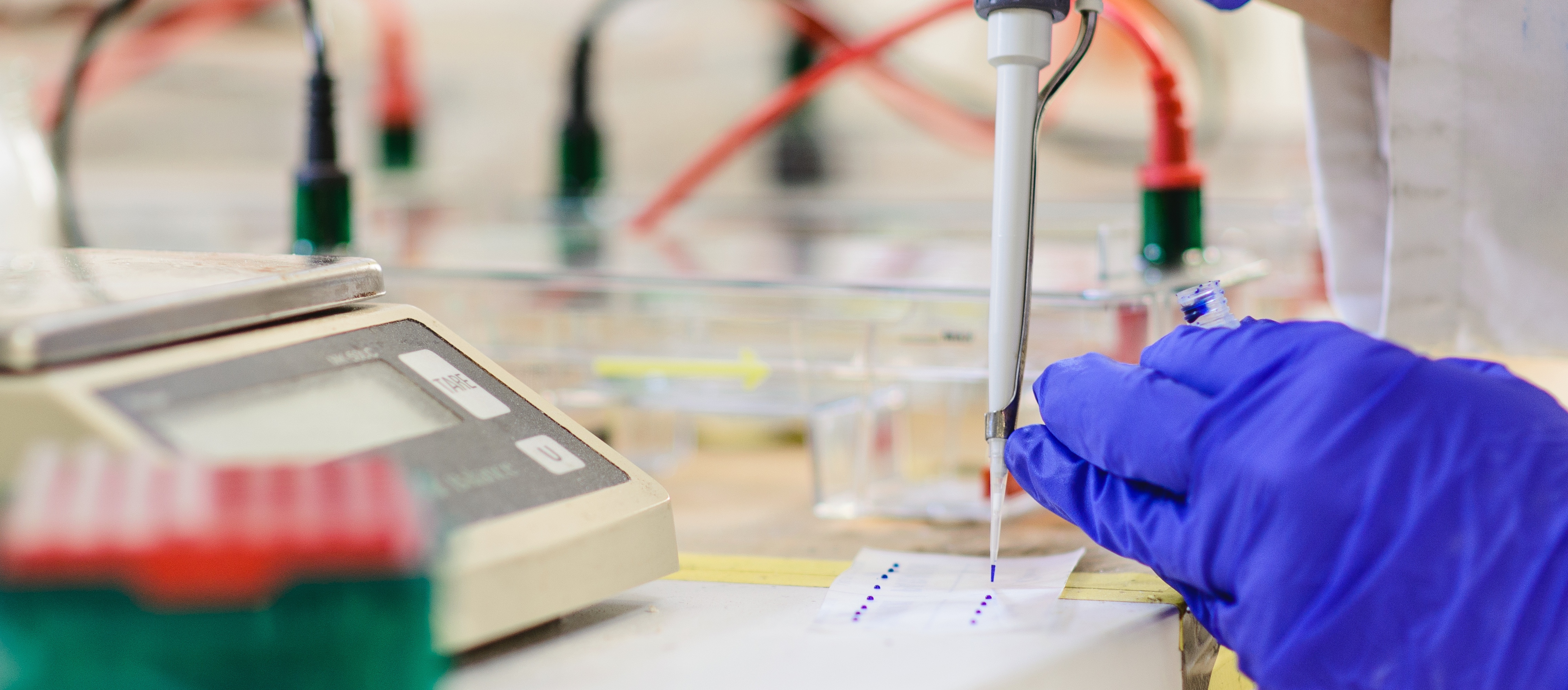There are few naturally occurring environments where both acid and salinity
stress exist together, consequently, there has been little evolutionary pressure
for microorganisms to develop systems that enable them to deal with both
stresses simultaneously. Members of the genus Acidihalobacter are iron- and
sulfur-oxidizing, halotolerant acidophiles that have developed the ability to
tolerate acid and saline stress and, therefore, have the potential to bioleach
ores with brackish or saline process waters under acidic conditions. The genus
consists of four members, A. prosperus DSM 5130T, A. prosperus DSM 14174, A.
prosperus F5 and "A. ferrooxidans" DSM 14175. An in depth genome comparison was
undertaken in order to provide a more comprehensive description of the
mechanisms of halotolerance used by the different members of this genus.
Pangenome analysis identified 29, 3 and 9 protein families related to
halotolerance in the core, dispensable and unique genomes, respectively. The
genes for halotolerance showed Ka/Ks ratios between 0 and 0.2, confirming that
they are conserved and stabilized. All the Acidihalobacter genomes contained
similar genes for the synthesis and transport of ectoine, which was recently
found to be the dominant osmoprotectant in A. prosperus DSM 14174 and A.
prosperus DSM 5130T. Similarities also existed in genes encoding low affinity
potassium pumps, however, A. prosperus DSM 14174 was also found to contain genes
encoding high affinity potassium pumps. Furthermore, only A. prosperus DSM 5130T
and "A. ferrooxidans" DSM 14175 contained genes allowing the uptake of taurine
as an osmoprotectant. Variations were also seen in genes encoding proteins
involved in the synthesis and/or transport of periplasmic glucans, sucrose,
proline, and glycine betaine. This suggests that versatility exists in the
Acidihalobacter genus in terms of the mechanisms they can use for halotolerance.
This information is useful for developing hypotheses for the search for life on
exoplanets and moons.








